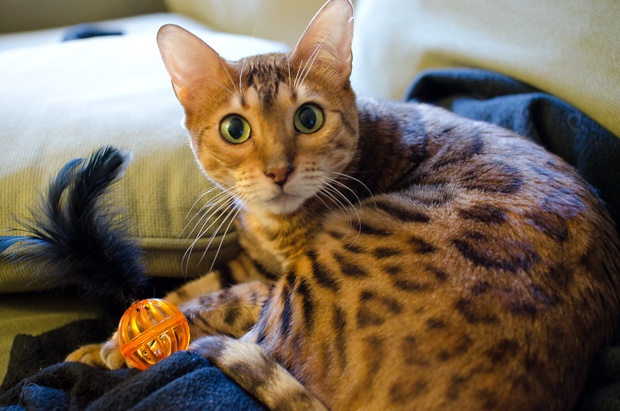Alrighty anyone into behavior studies...I'm at the end of my rope here.
A friend of mine found a lost dog that turned out to be one of the school's teaching beagles that was adopted months ago. They tracked down the first owner who says they rehomed him, and the second owners denied ever having one. So, someone dumped him. Anyways, he's in perfect health (a bit skinny that's all) and as sweet as can be.
However, he has severe separation anxiety. He bays so badly in the crate that my friend's neighbors complained and his landlord gave him 24 hrs to find a place for the dog. He calls me in a panic and of course, I agree to help him out. We live in the country so no one is really close enough to be bothered by baying.
1. I have dealt with separation anxiety before, but never this bad. He bays and screams within a minute of being left in the crate. Once he did it for three hours (we recorded it). For days (almost a week) we tried the leave for 5 minutes, leave for 10 minutes, fifteen, etc, scale it back down if you pass his limit, etc - nothing. He starts almost immediately still, no improvement, not even 5 minutes. We feed him in the crate, only give him treats in the crate, play talk radio, give him toys, things that smell like us, exercising him until he's super-tired, got him a tightish sweater to act as a Thundershirt, etc - nothing. I think he may be beyond help in this department. He won't bay if he knows you are in the house, but he whines after a while if he cannot see you. And if he knows you left the house it gets 100x worse.
2. The bigger problem. He isn't housetrained. I'm guessing this and the baying was why the first people rehomed him. Being that he lived the first 3 years of his life in a run, I'm not surprised. He'll poop in the crate (yes, the crate is small enough that he shouldn't be doing that). He'll poop and pee anywhere. We've had him for a month now and with constant watching (fiance works from home for the moment so he is around more than me) he has gotten slightly better, but still. He was afraid to poop or pee in front of you (I bet former owners scolded him for it so he thinks ANY pooping and peeing is bad) but we got him over that somewhat. He will poop after a brisk walk after mealtime and pee reliably in the morning and evening, but if you don't watch him like a hawk he tries to sneak off and do it in the house. Any he lets it all go when people leave, likely out of fear too.
So we have a dog that can't be allowed to roam the house if we are gone because he'll poop and pee everywhere. Yet we cannot crate him because he screams bloody murder and I'm sure it drives our other animals bonkers (and sometimes I fear it is loud enough even for OUR neighbors to hear).
He's very clingy and we have been taking steps to foster independence (no sleeping in the bed, not too much coddling, etc) but he just flips out whenever he is left alone and pisses and ****s everywhere.
The only thing that MARGINALLY works is confining him to the mud room. He will whine, but not bay as badly. He'll still poop and pee on the floor, even if we have taken him out beforehand. We tried puppy pads in this scenario, and those don't seem to attract him.
This is only temporary - my friend is taken with him and plans to move to a place with fewer neighbors so he can work on him, but we have him until TG.
Any advice?


